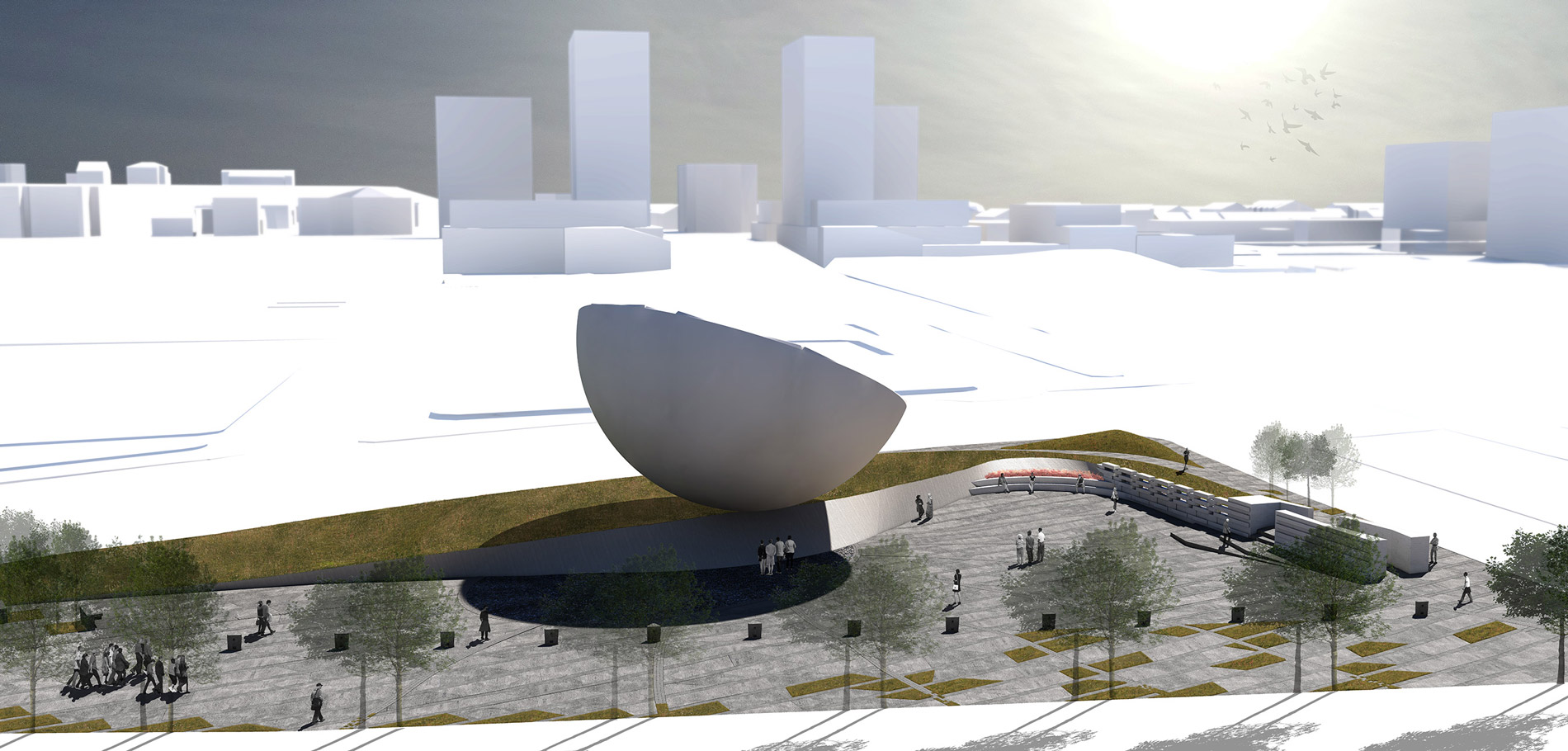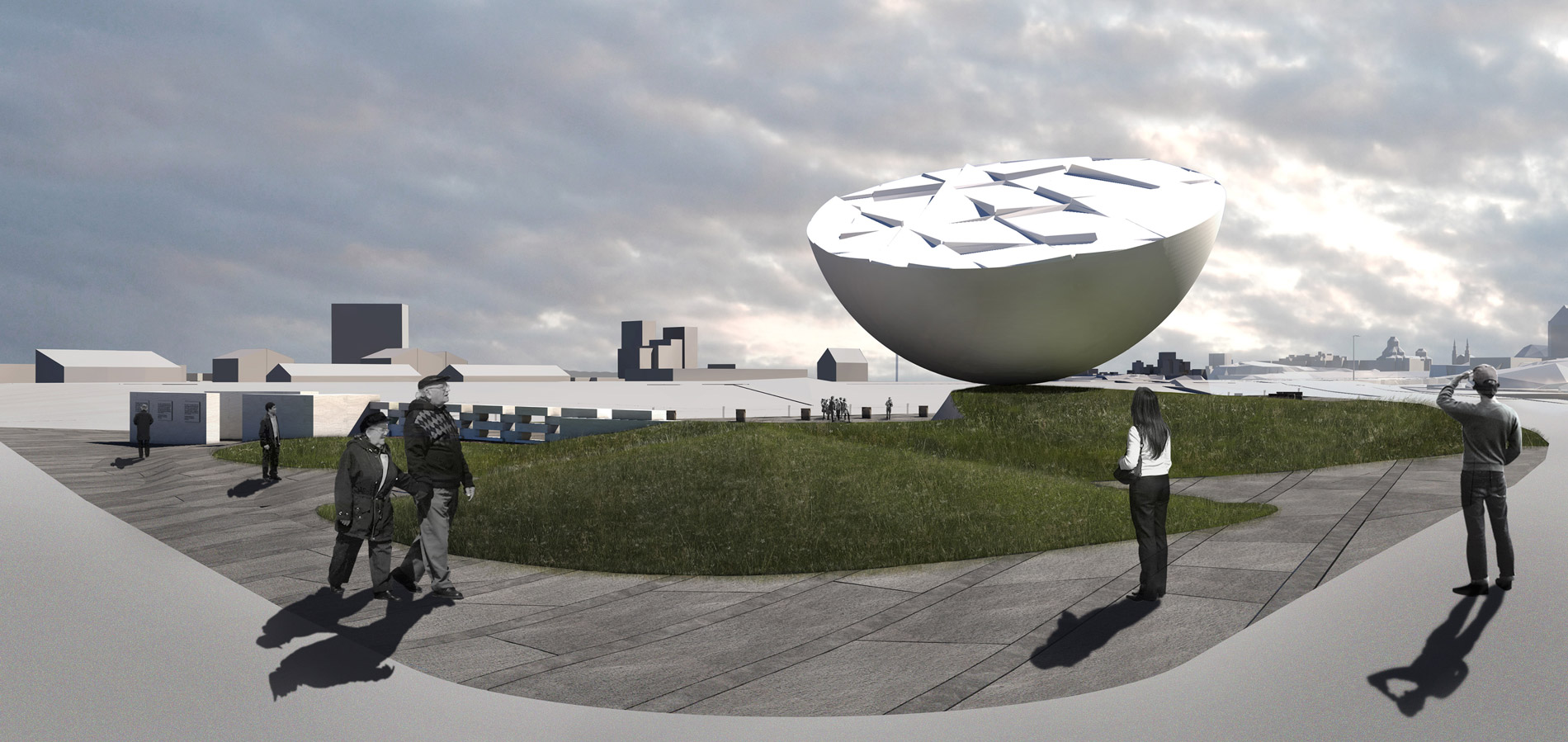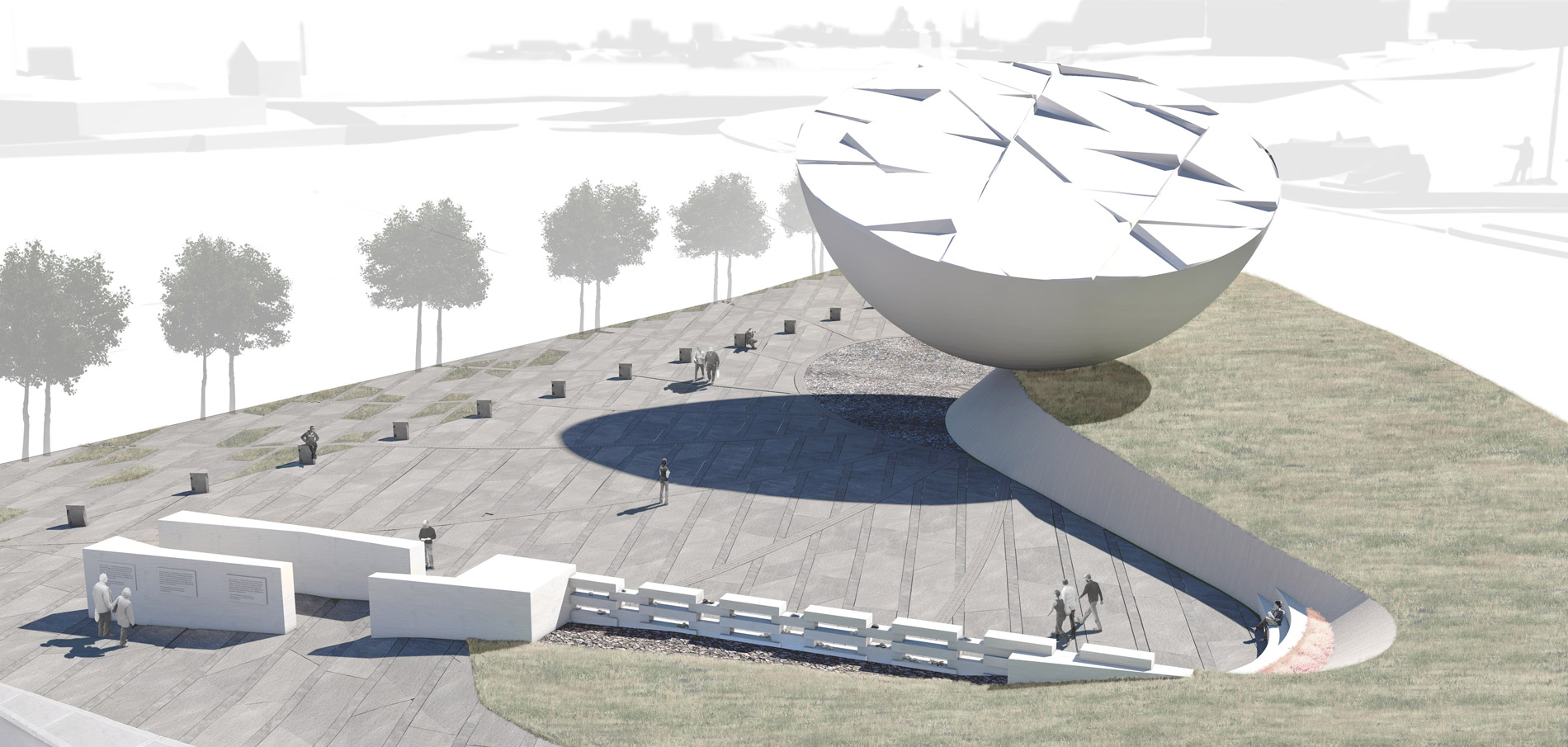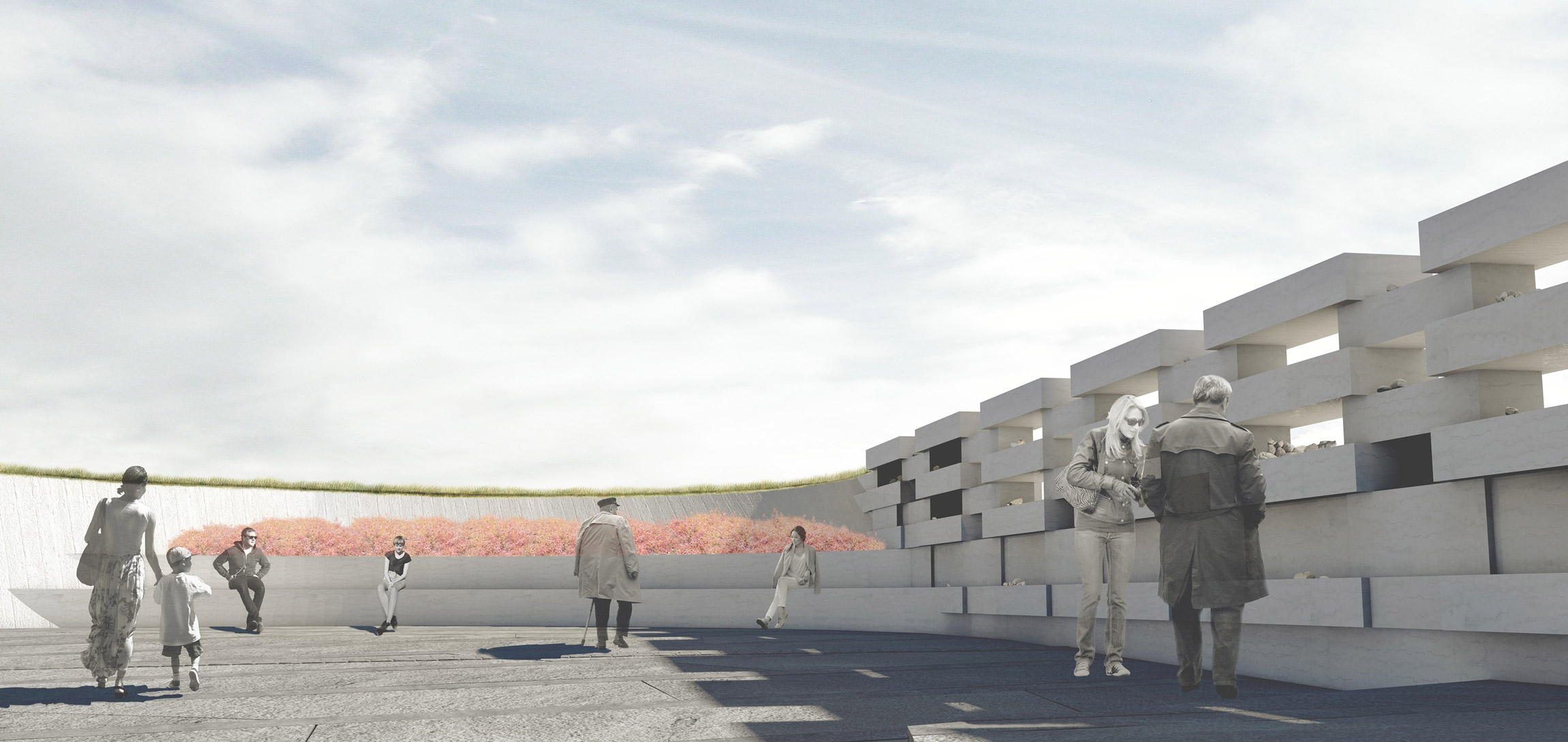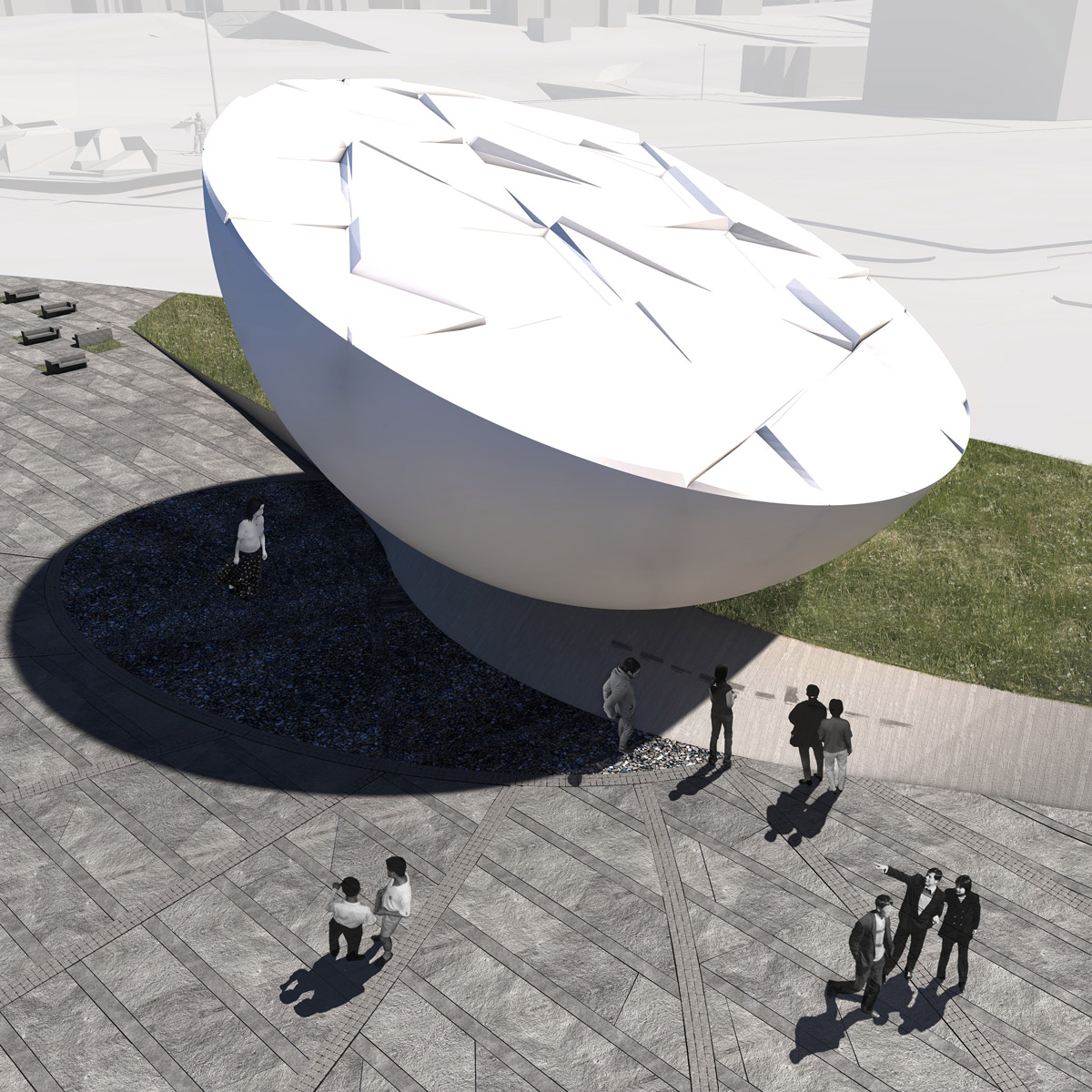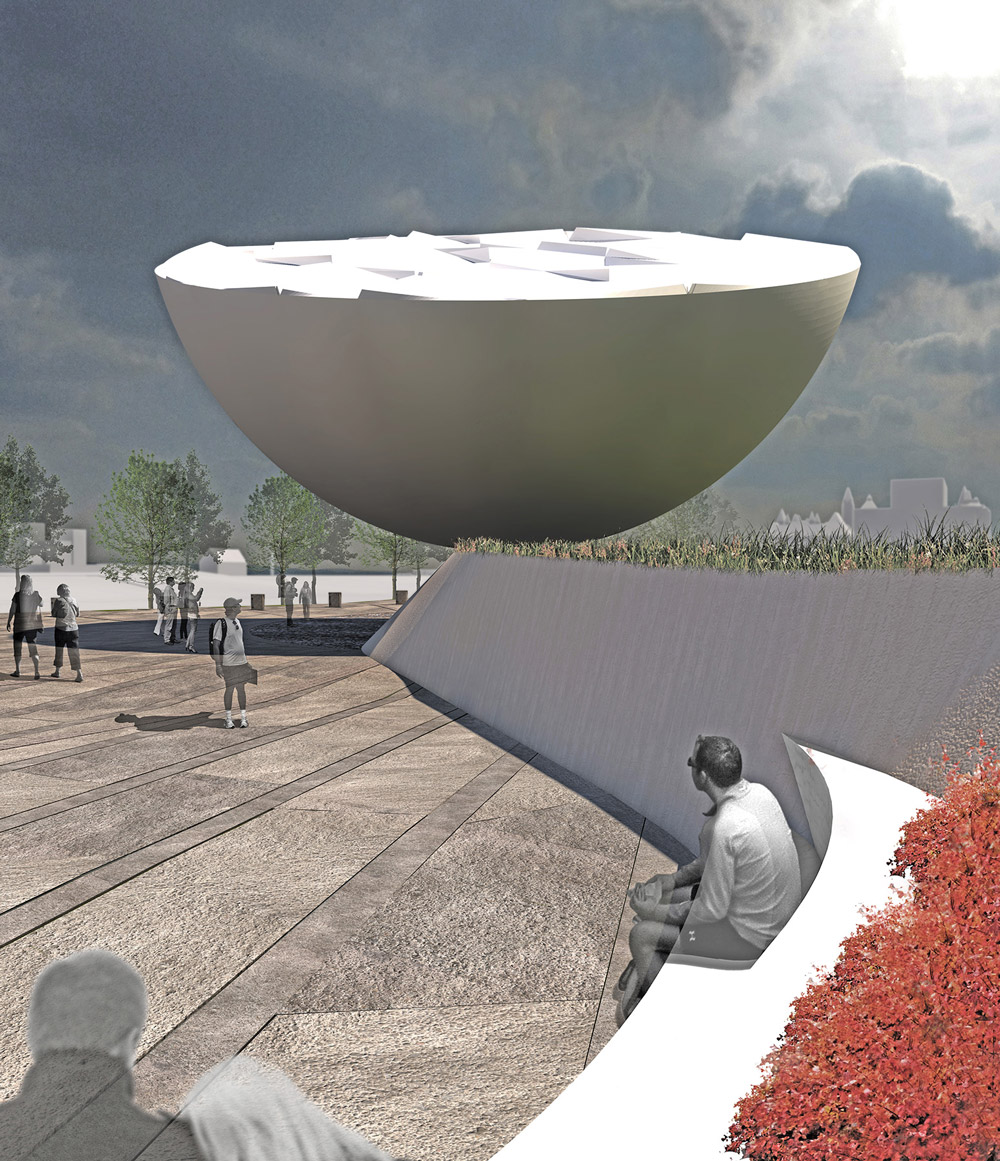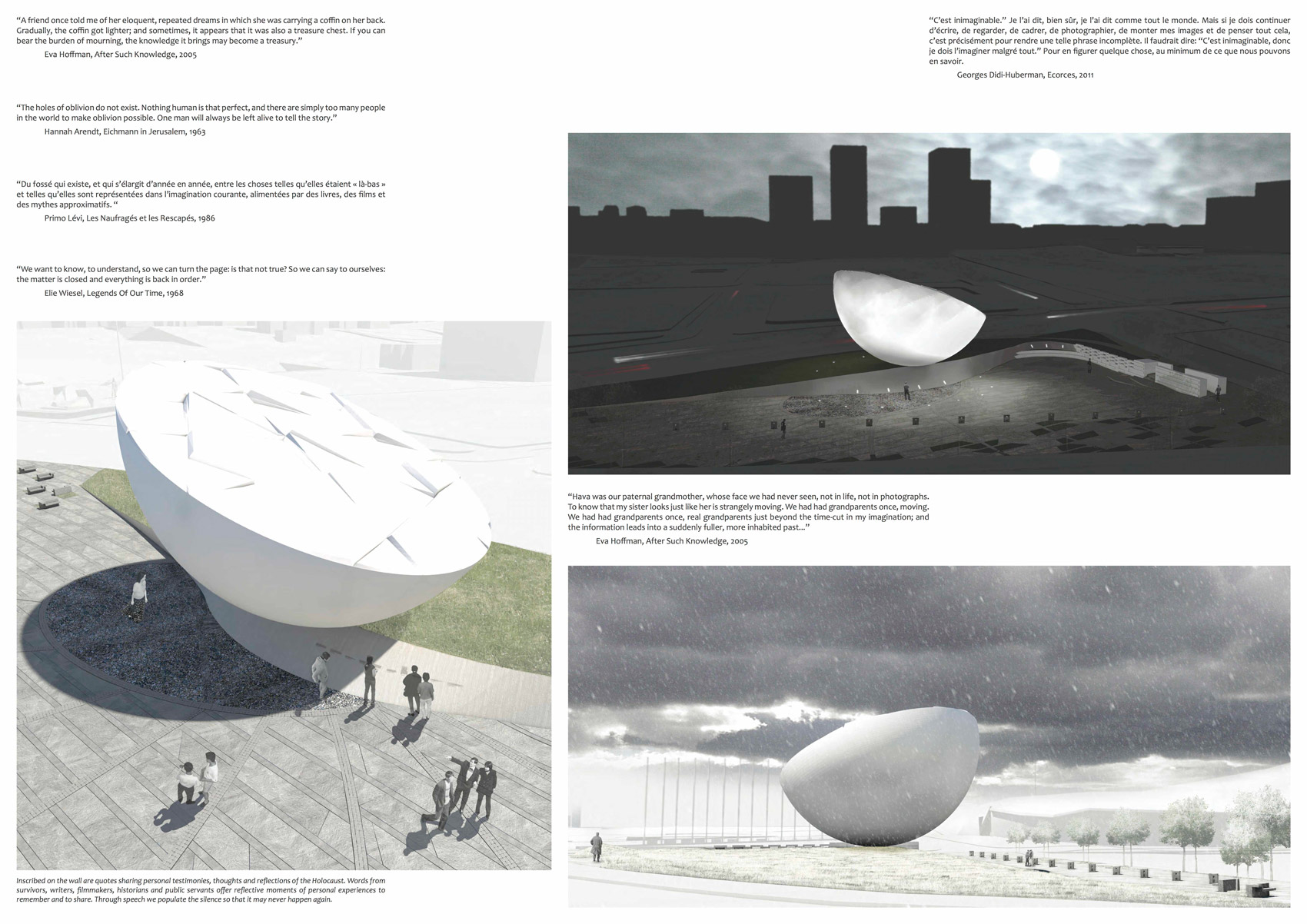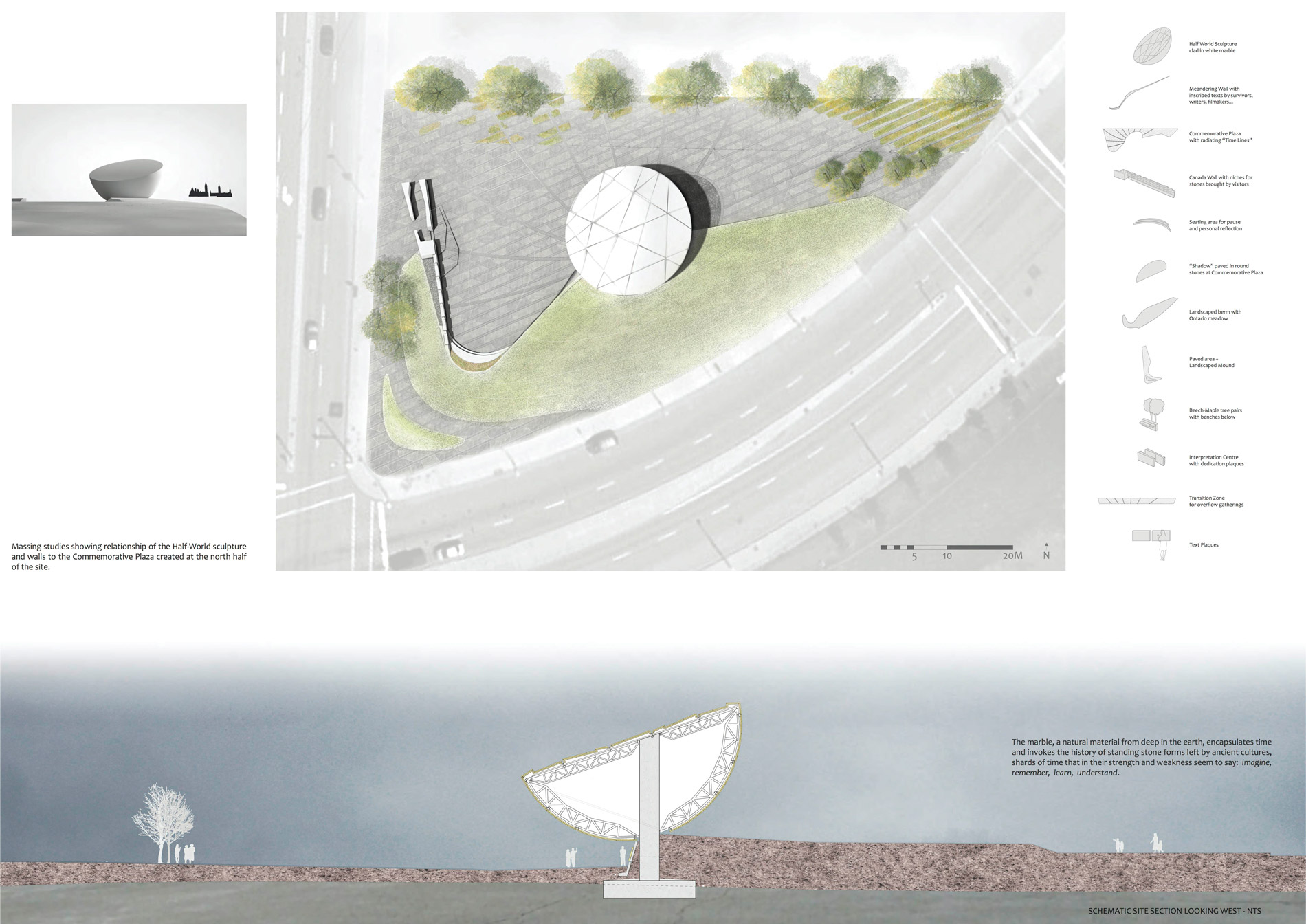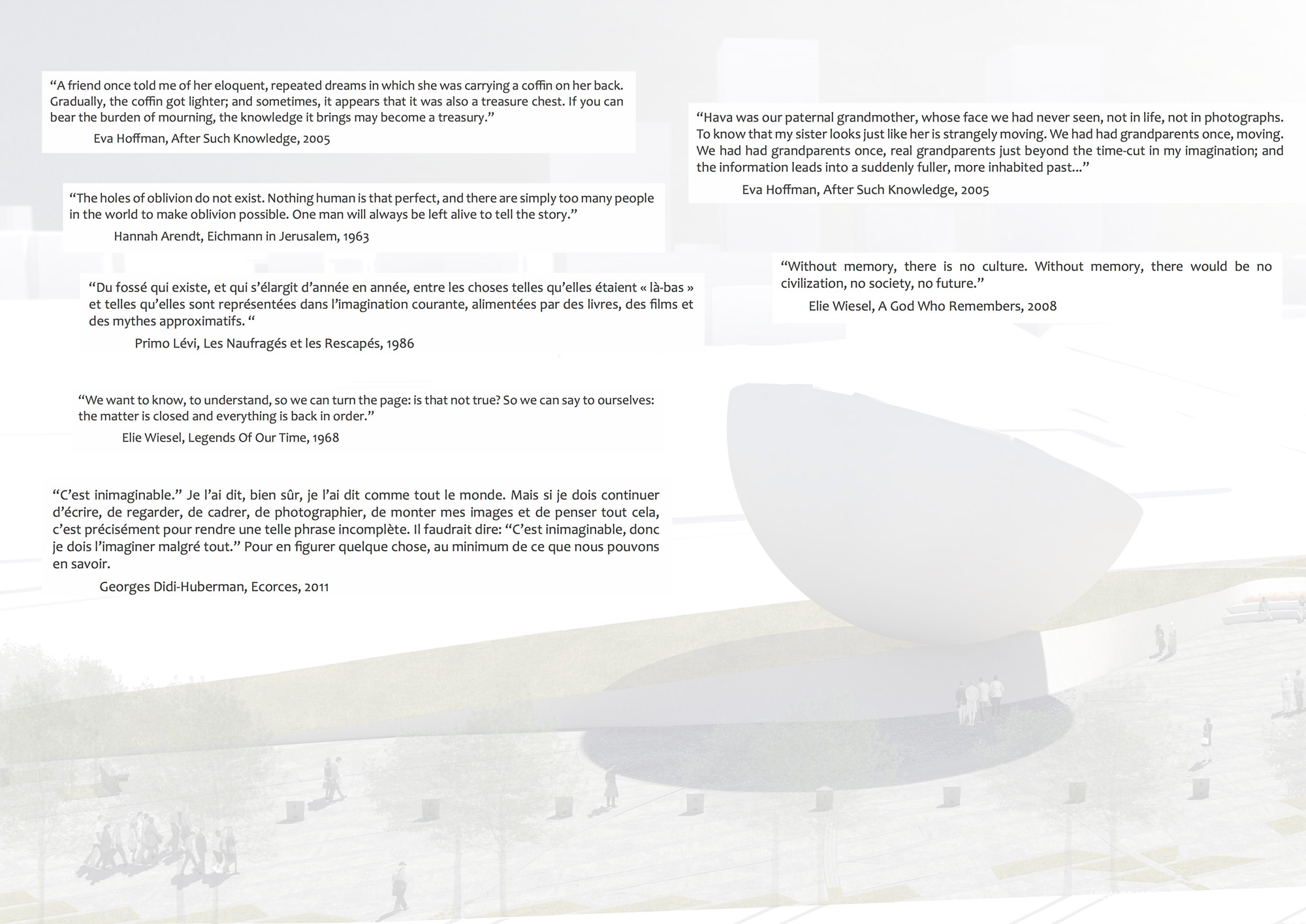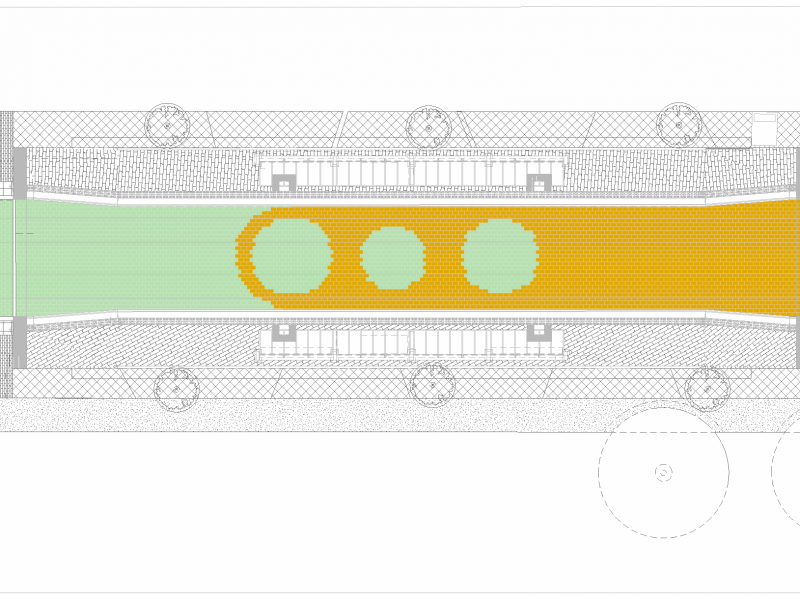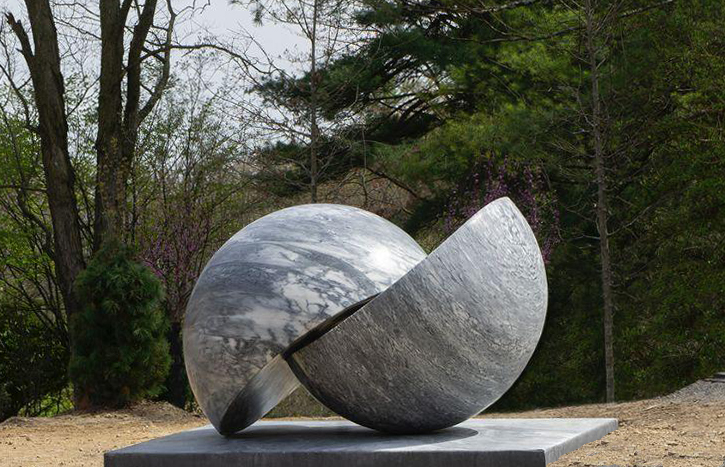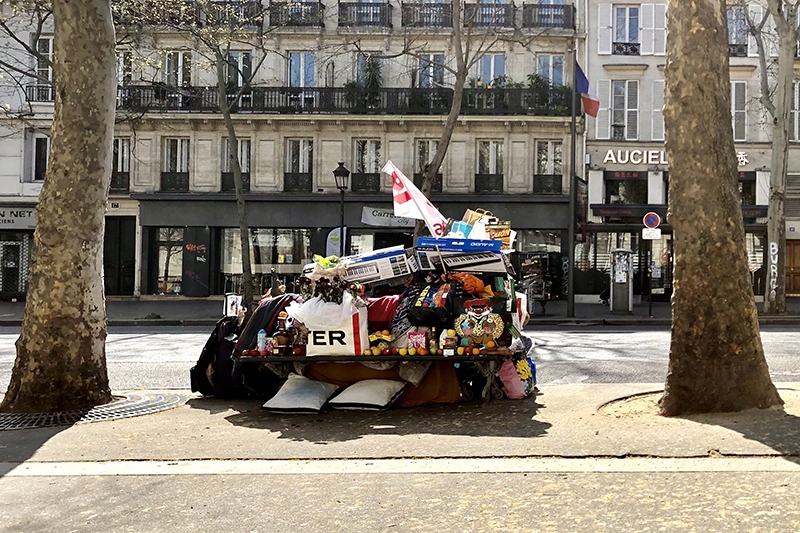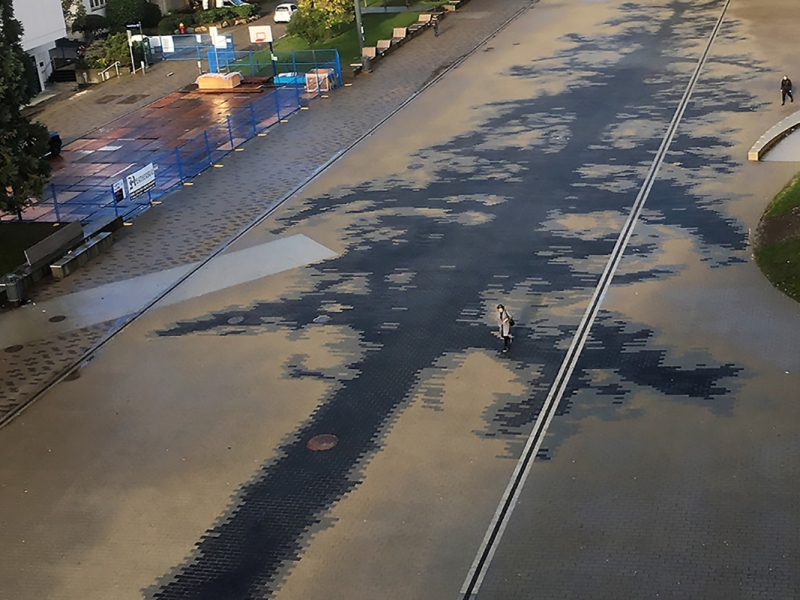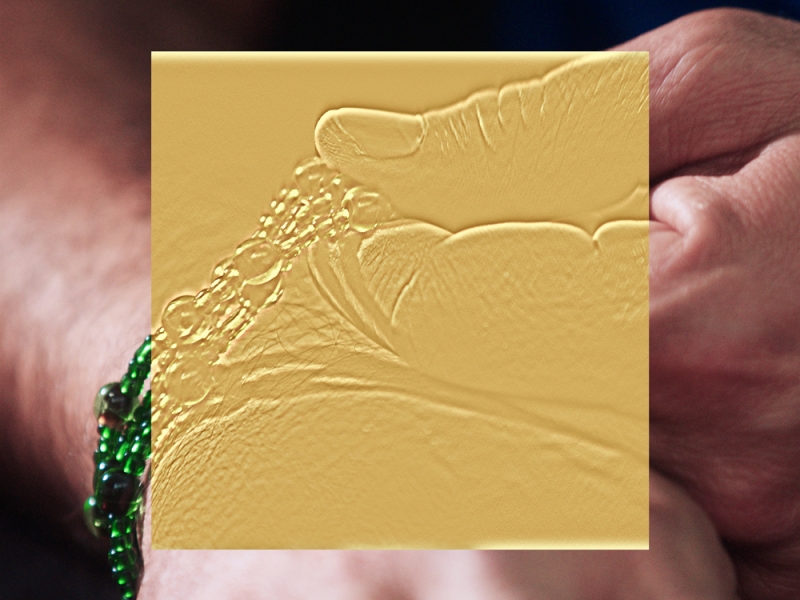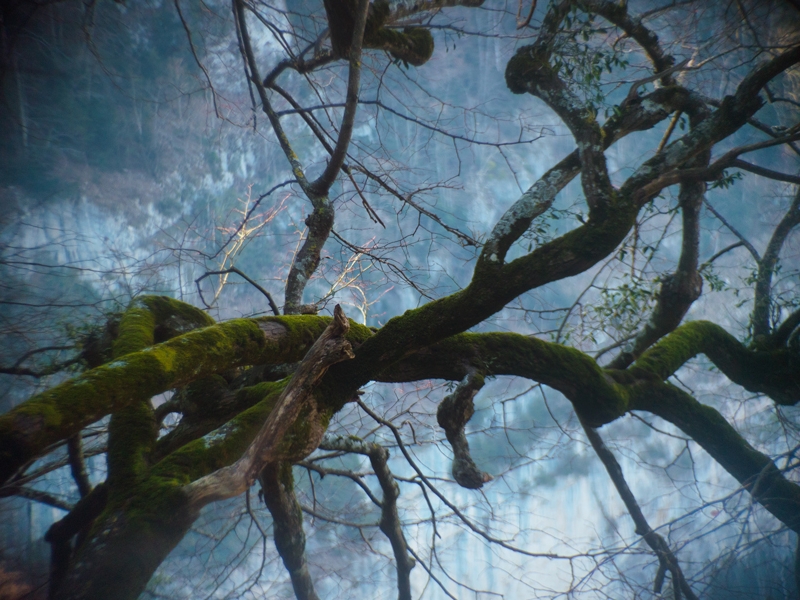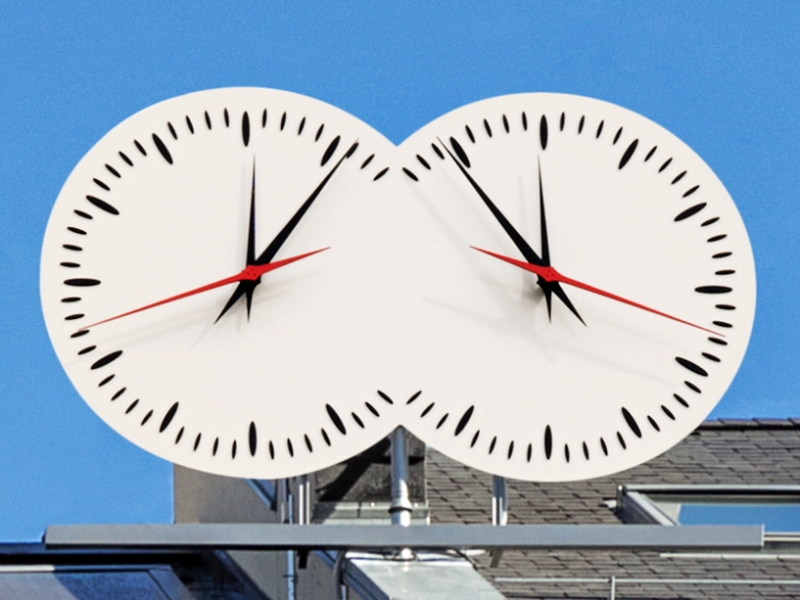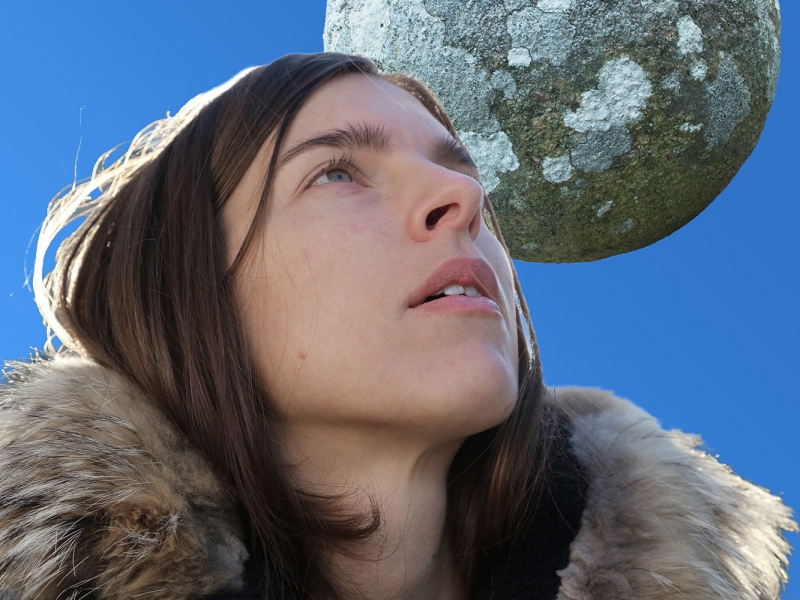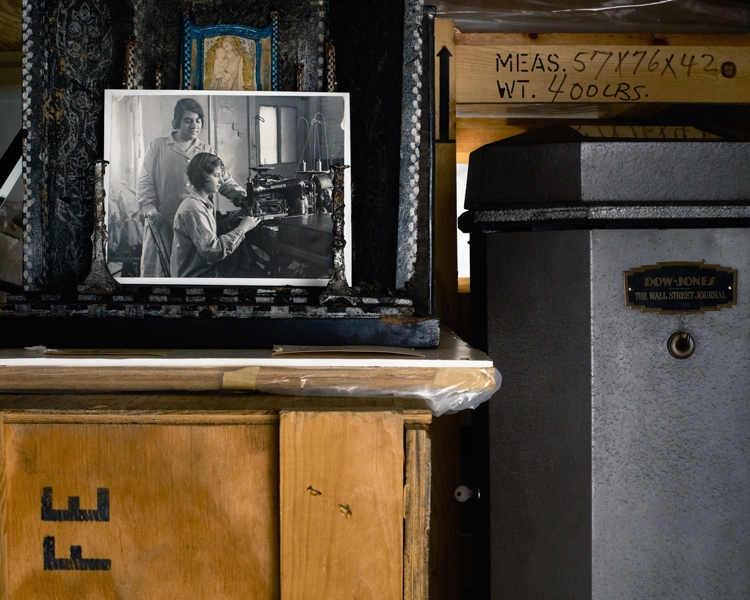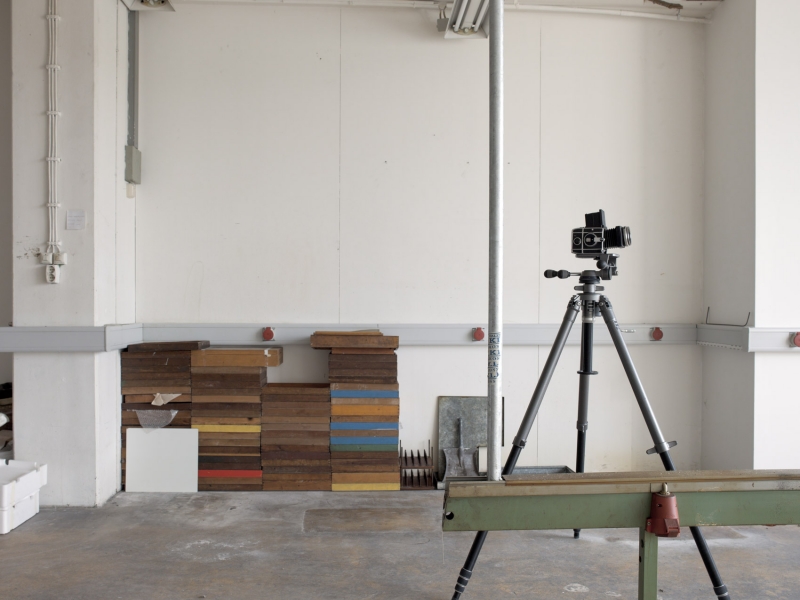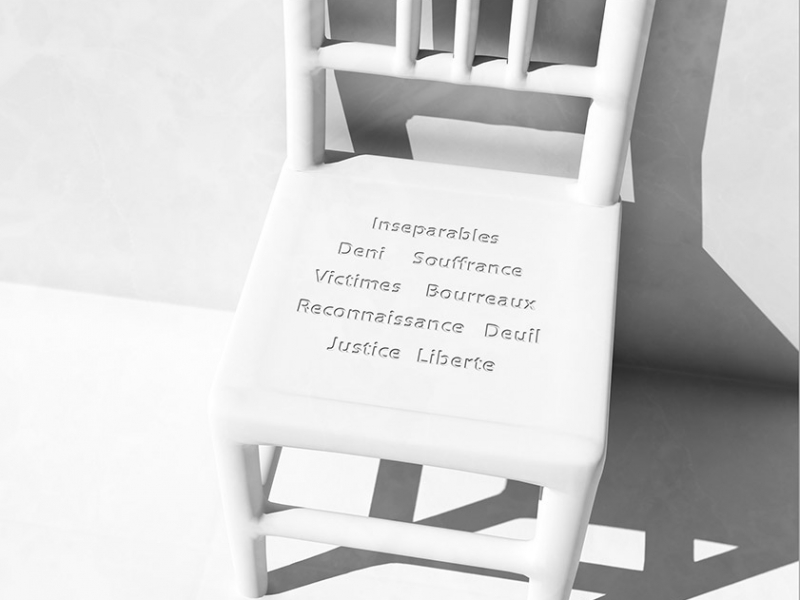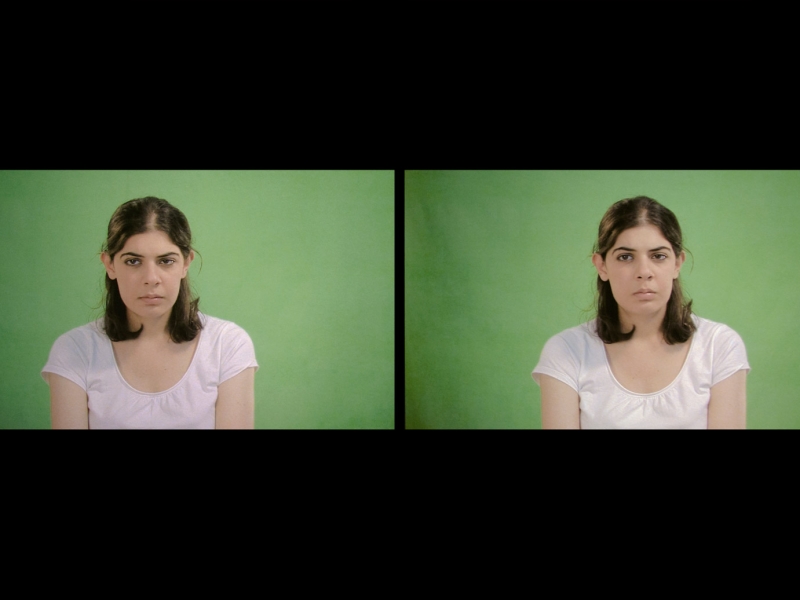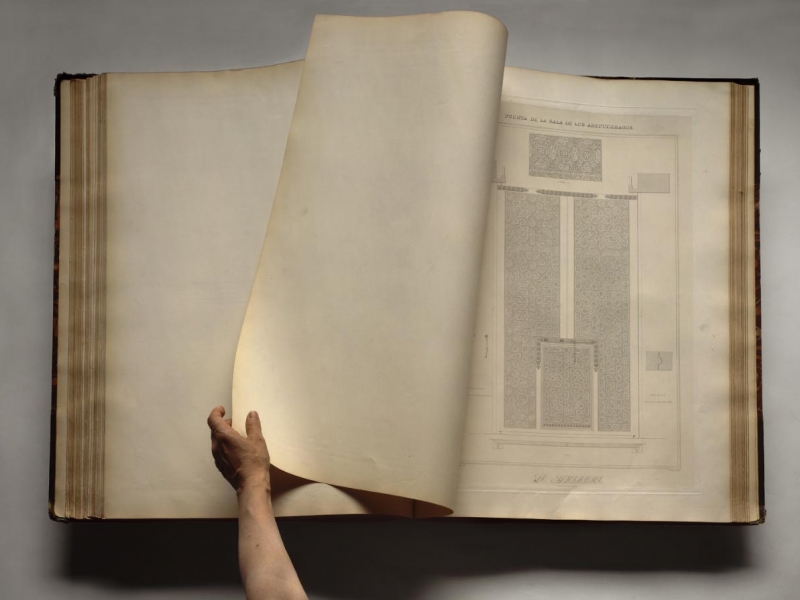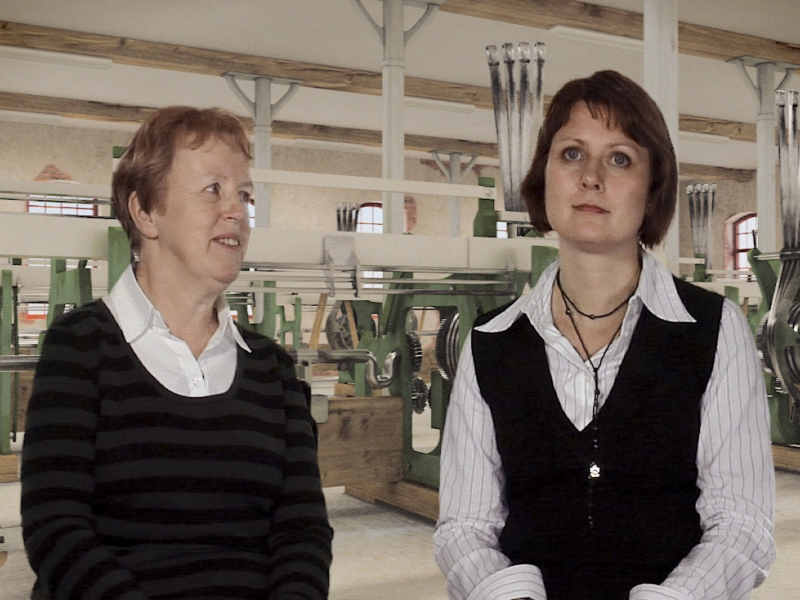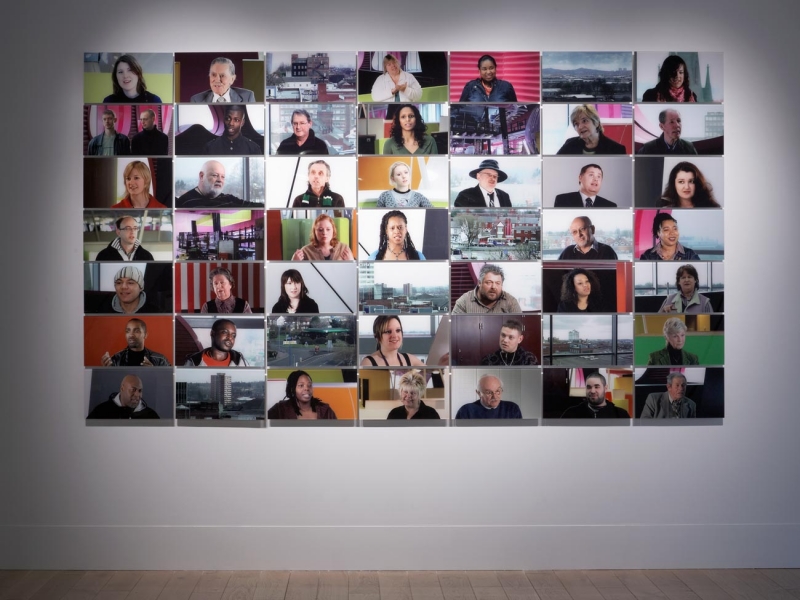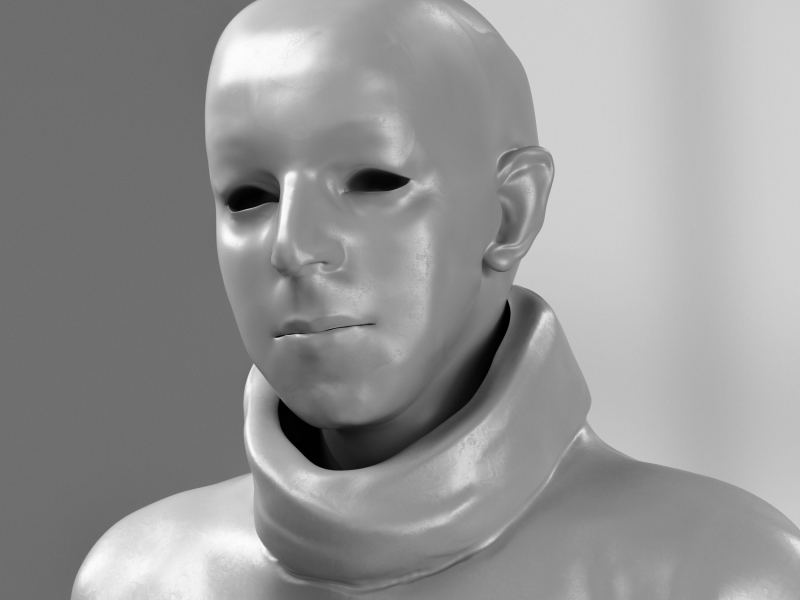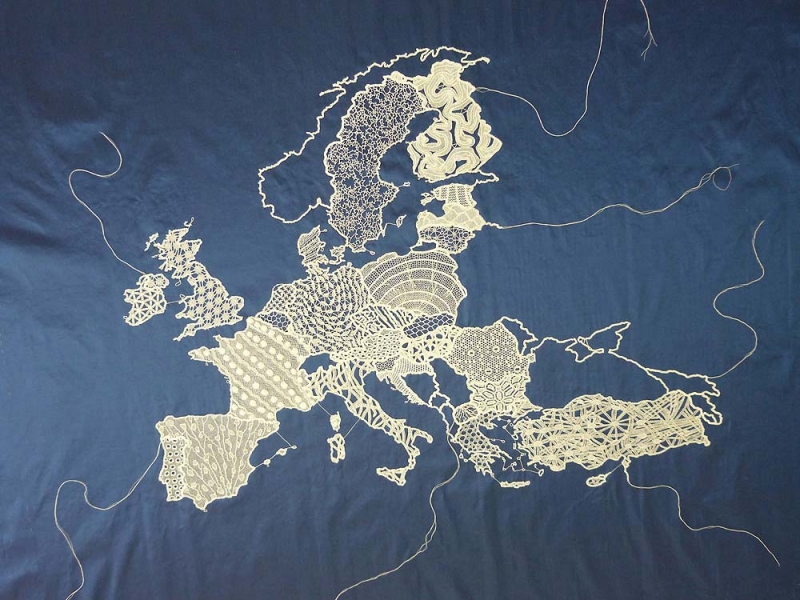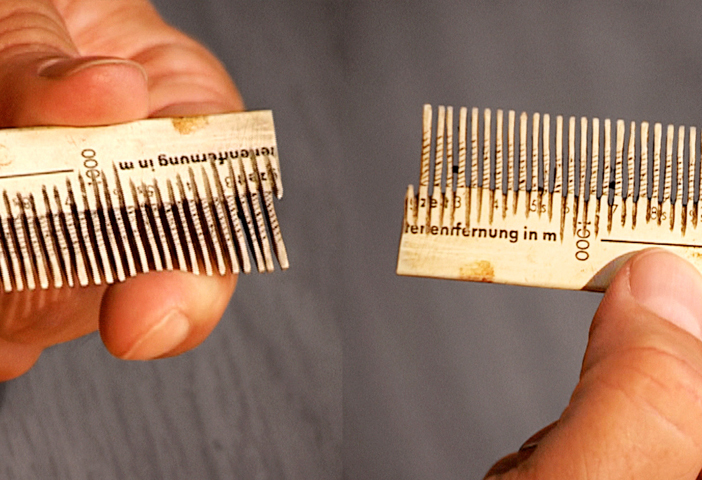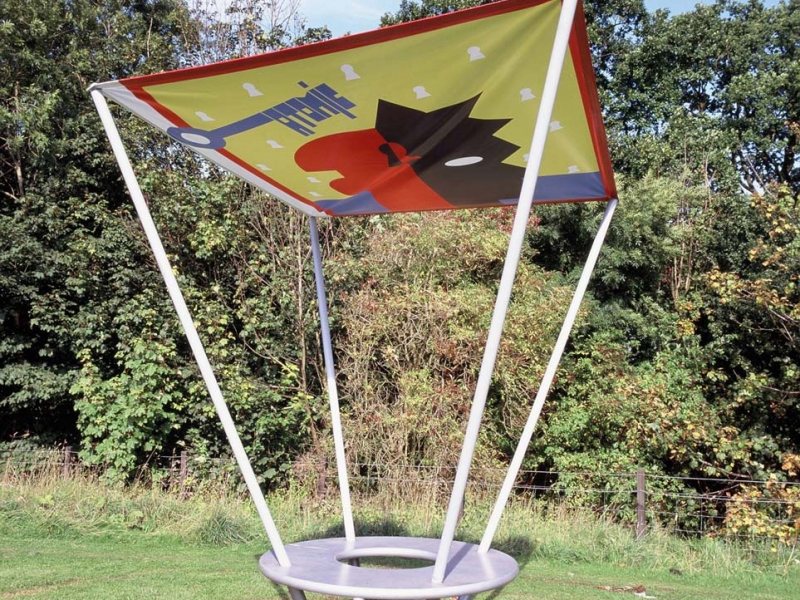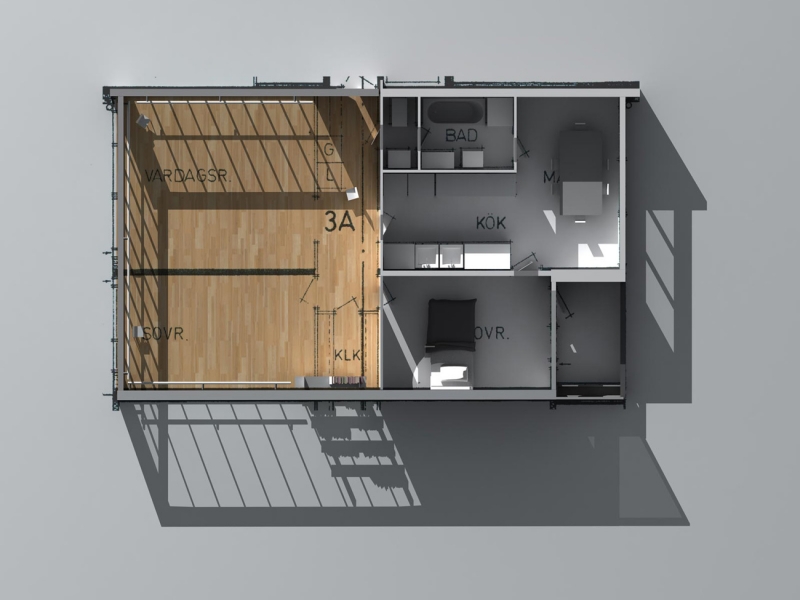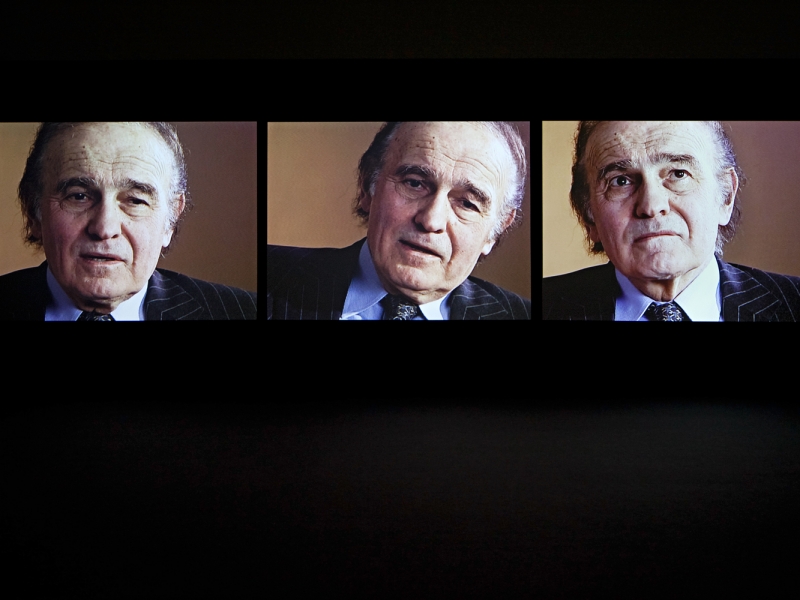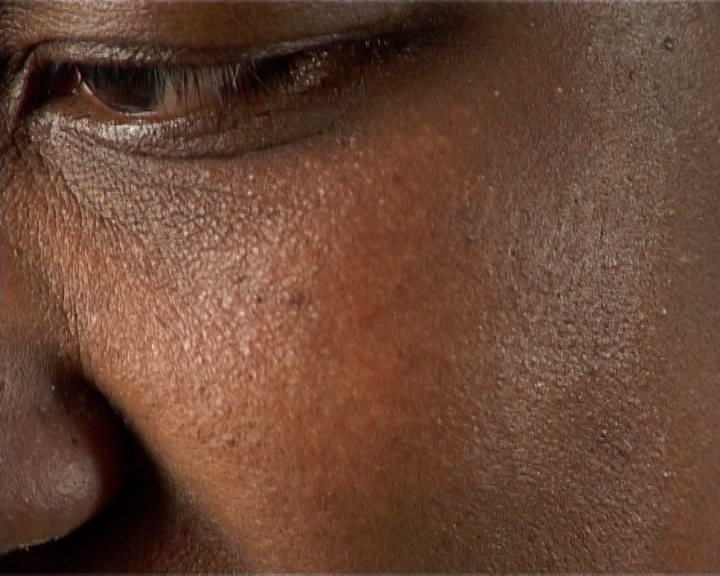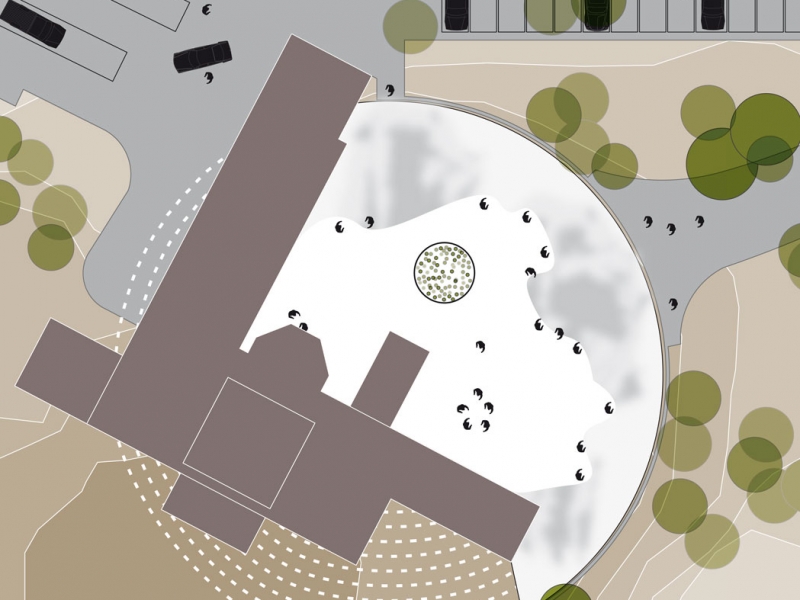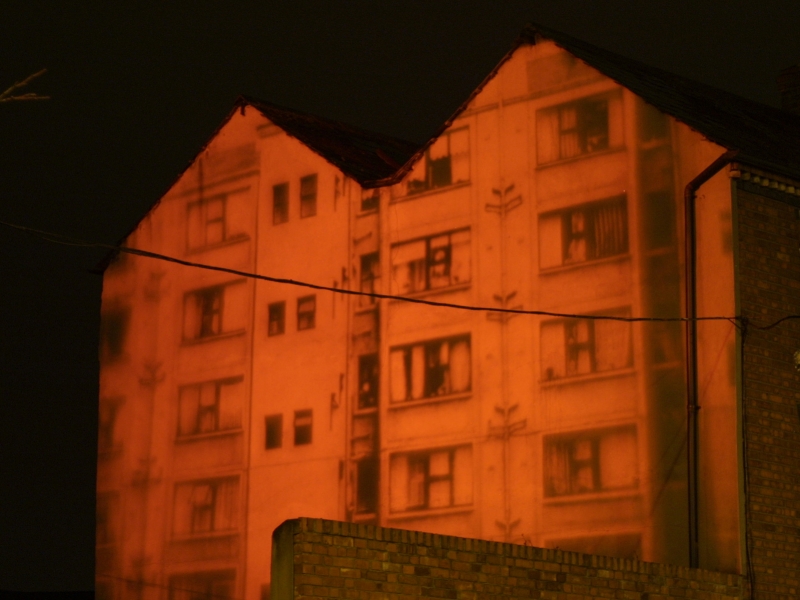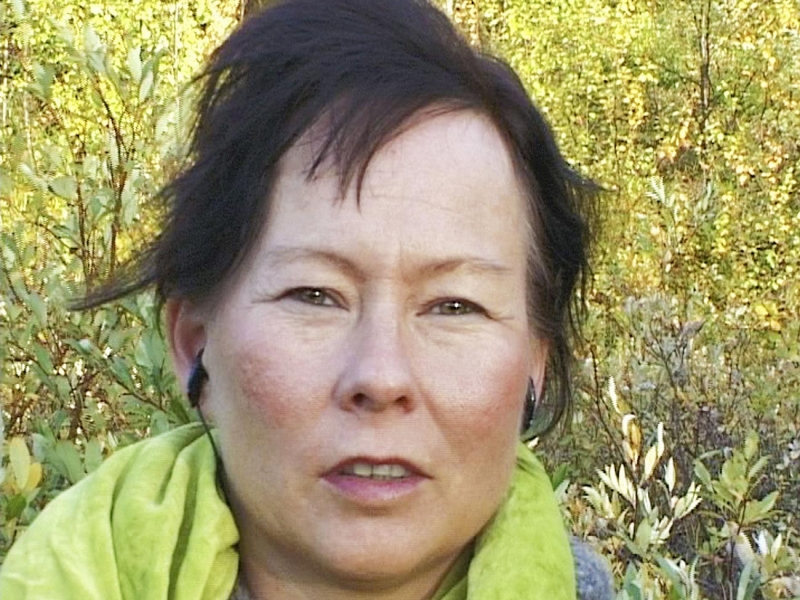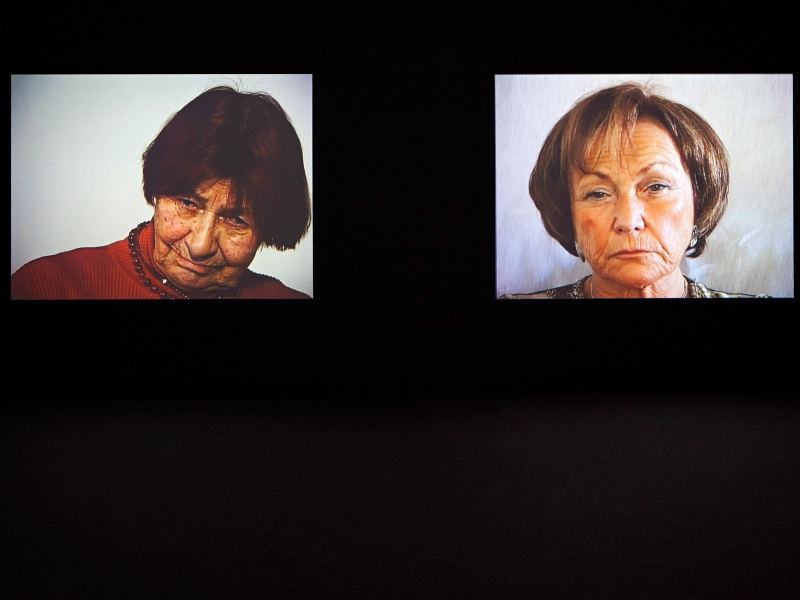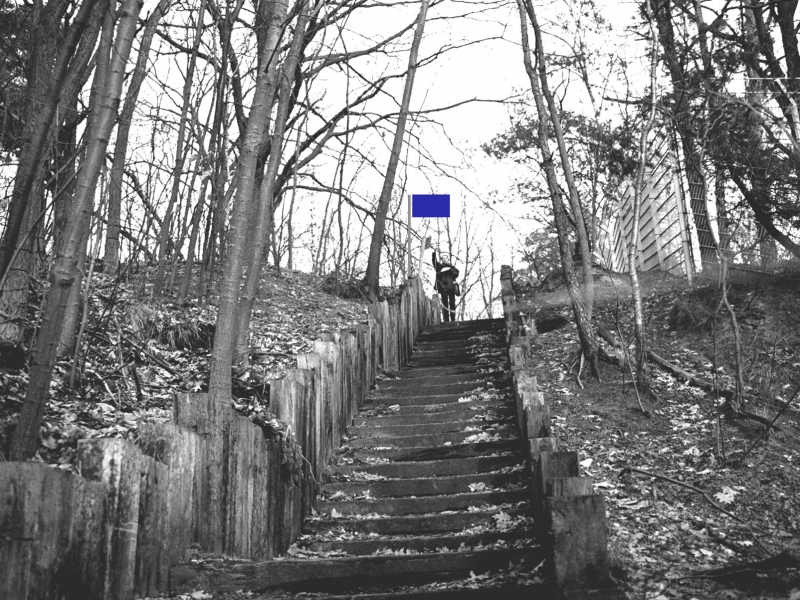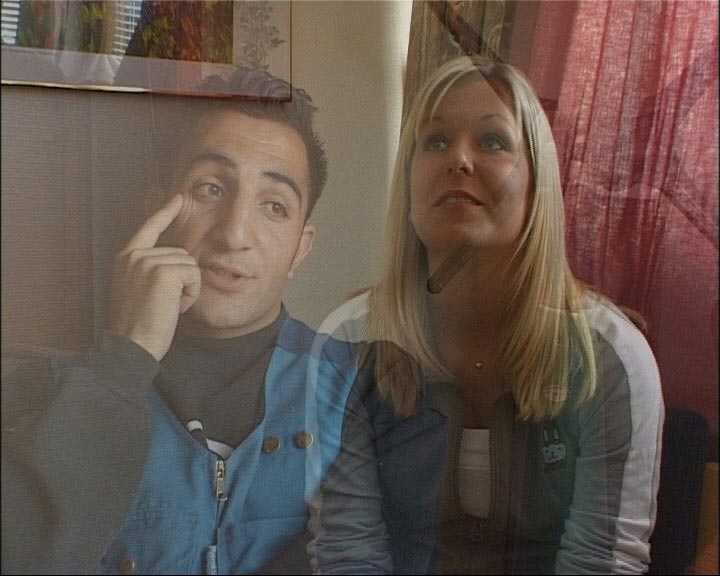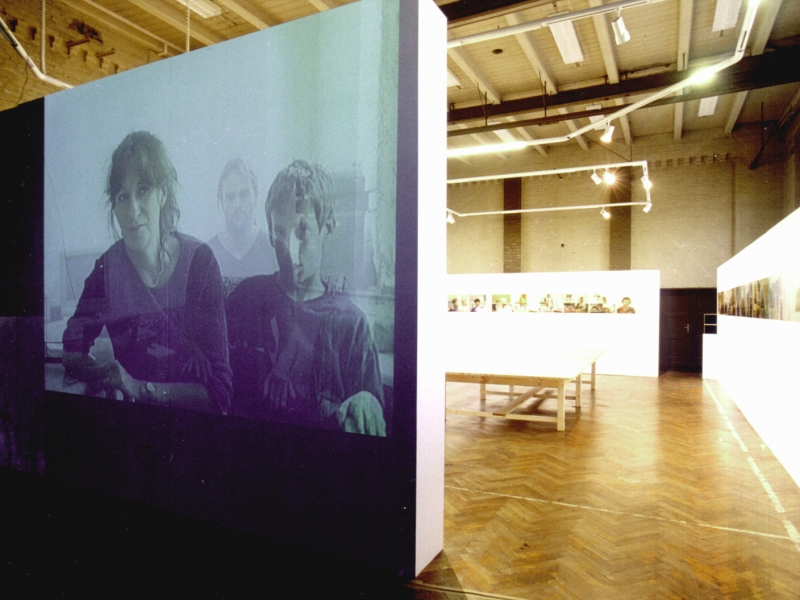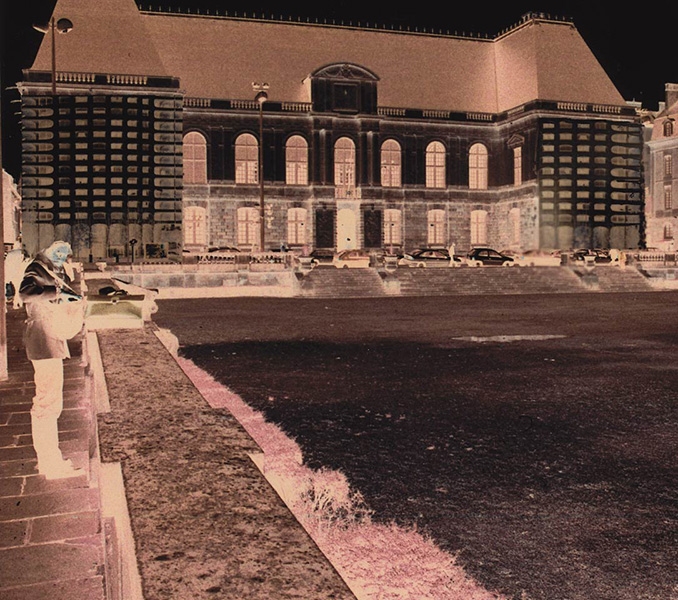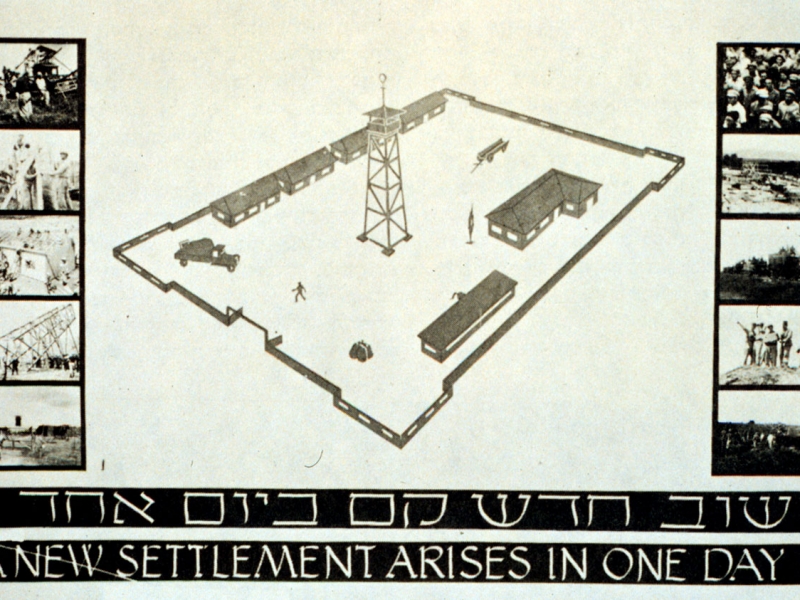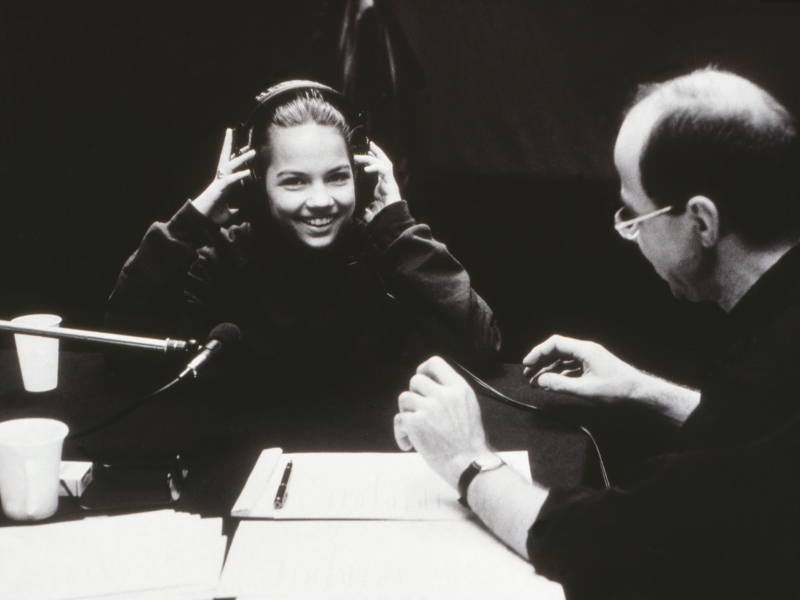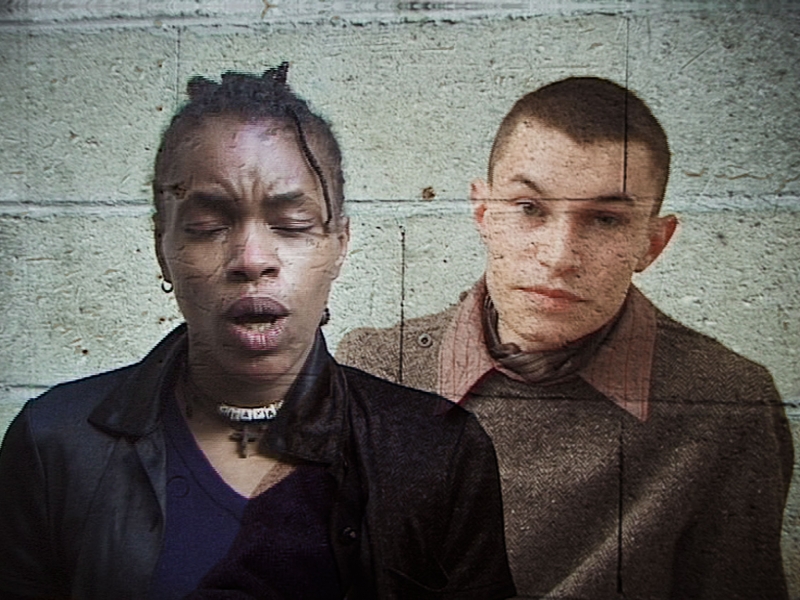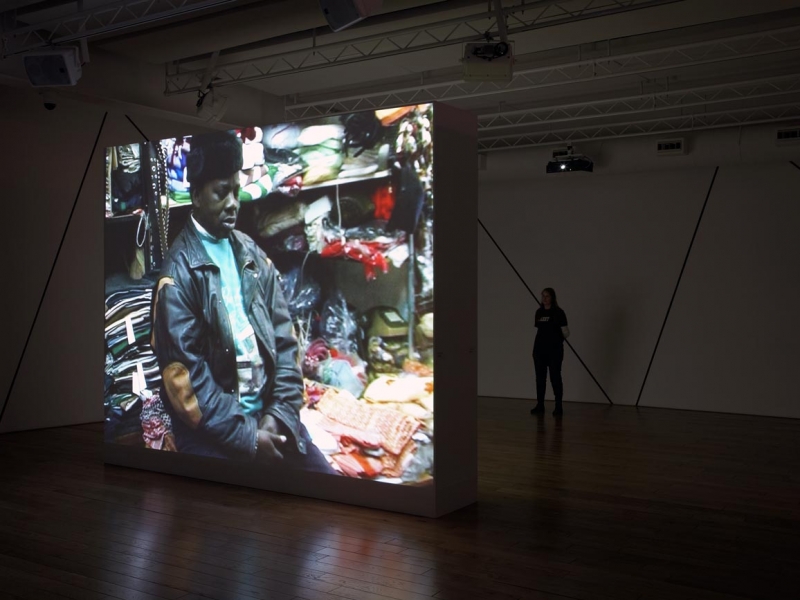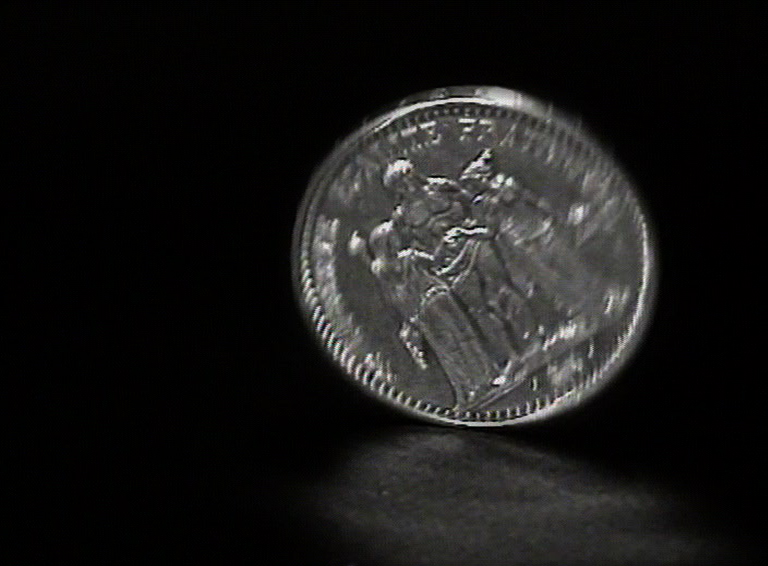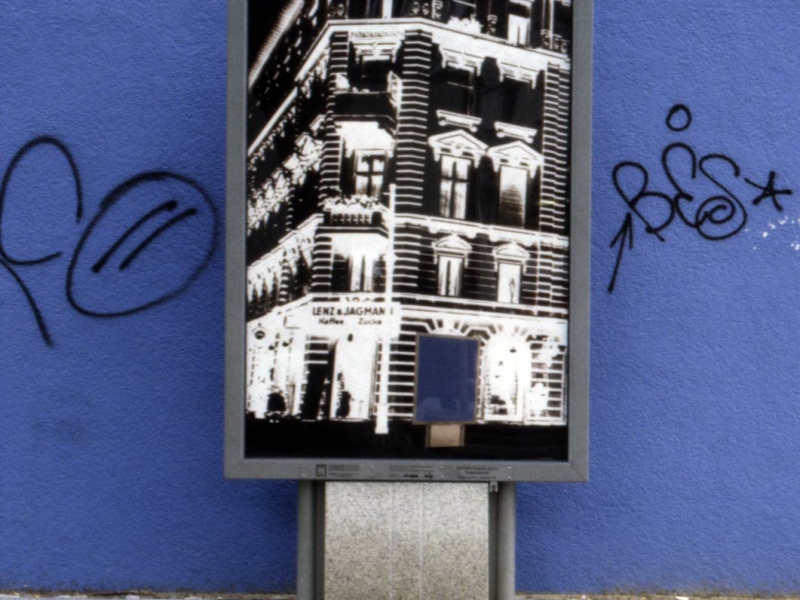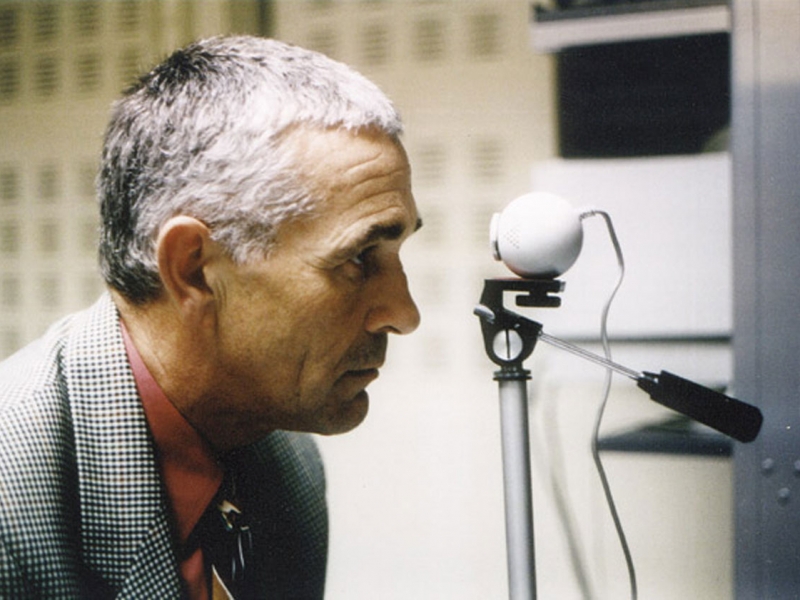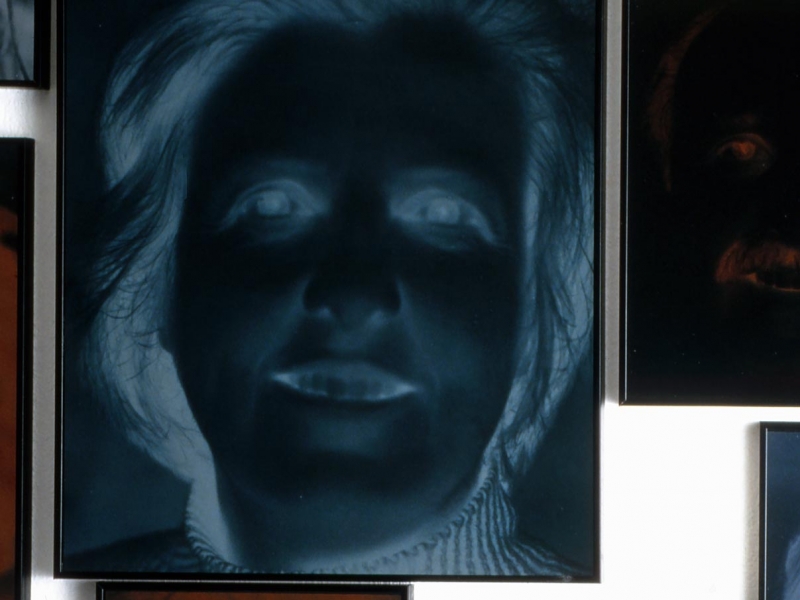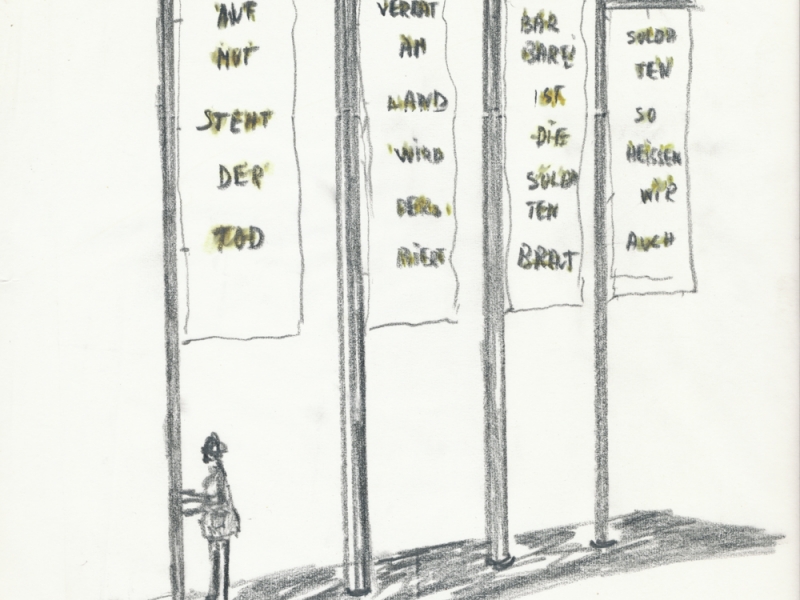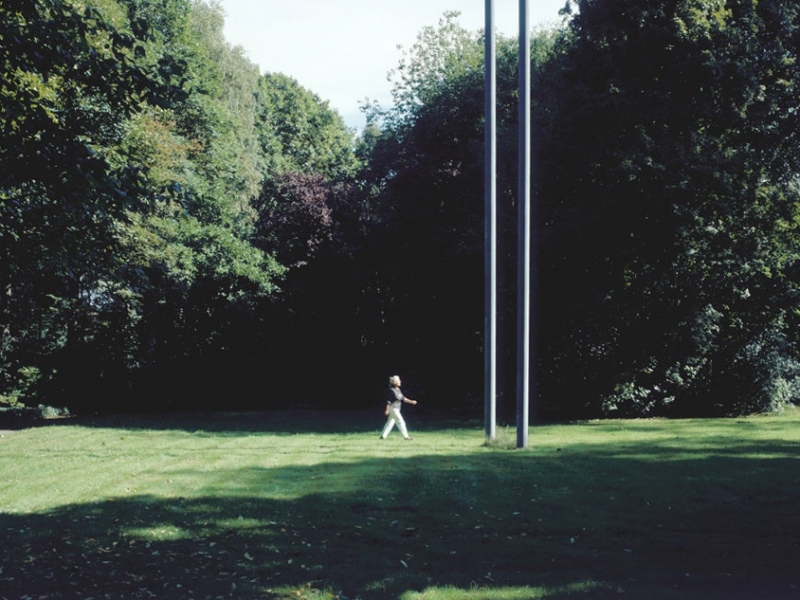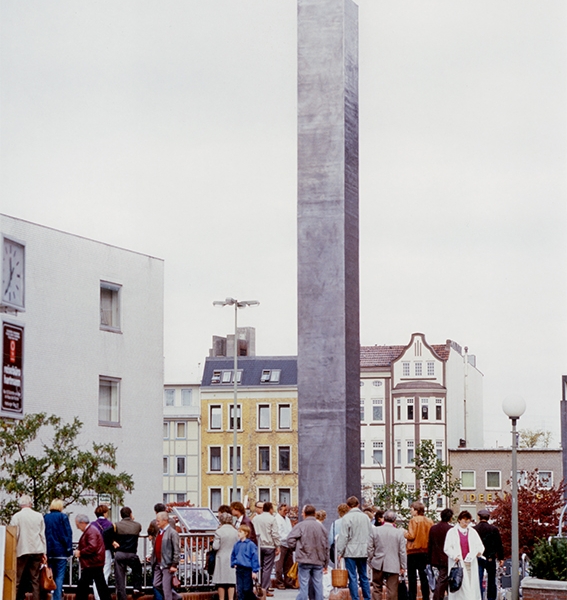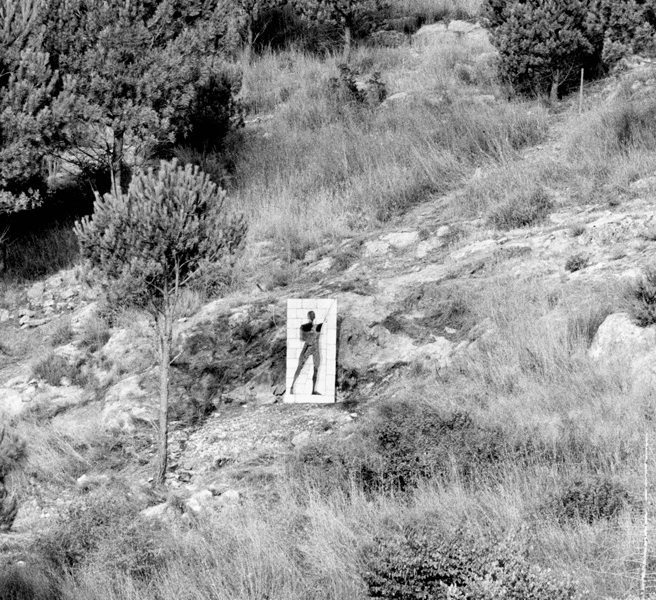HALF OF A WORLD
2014
A proposal for the National Holocaust Monument, Ottawa, Canada
In 2013 Shalev-Gerz’s team was selected as one of the six finalists in the competition for the design of the National Holocaust Monument of Canada organized the Canadian government.
Inspired by a fragment of the Talmud stating that destroying a life is destroying a world and saving a life is saving a world, and acknowledging the fact that the Holocaust has left all and everyone in a partial state, not only those who lived through it, but those who have come to know about it and even those who still are to learn, Shalev-Gerz and her team designed a 20-metre-wide and 14-metre-high half-sphere of white marble representing a world torn in half.
Here, monumentality signals the enormity of loss in a fragmented world. The sculpture’s form is abstract and representational at once: one world, one people, one person, torn apart. As in all Shalev-Gerz’s works, visitors are invited to experience the past, the present and the future at a personal and individual level.
This half-world seems to float over a meandering wall whose gentle curves define a large gathering space for mourning and remembering, for commemorative ceremonies and individual experiences, and provide a 20-meter-long seating area for a contemplative pause. Inscribed on the wall are quotes sharing personal testimonies, thoughts and reflections of the Holocaust. Now that those who have survived the Holocaust are passing away, these words by survivors, writers, filmmakers, historians and public servants are an invitation to the visitor to read, to remember and to share.
The curve culminates at the Canada Wall, a transparent wall of stacked white marble shelves. The gaps between the marble slabs are spaces to be filled over time with stones that visitors carry from their home provinces. As in the Jewish burial custom, the placing of stones bears witness to future generations, while creating a personal memory of passage, participation and commitment.
At the foot of the monument rounded pebbles are embedded in the pavement in the shape of a half ellipse. Each year, during the April remembrance of the Holocaust, the shadow of the monument would have come into alignment with the pebbled ellipse.
The team that realized Shalev-Gerz’s idea comprised Hossein Amanat, architect and urban designer, Robert Kleyn, architect and project manager, Daniel Roehr, landscape architect, David Lieberman, architect, Carol Zemel and Georges Didi-Huberman, Holocaust scholars. Thanks to Ayelet Shalev, architect, Yannig Willman, 3D designer and Julia Bastard, assistant.
LA MOITIÉ D’UN MONDE
2014
Proposition pour un monument national de l’Holocauste à Ottawa, Canada
En 2013 l’équipe de Shalev-Gerz a été sélectionnée parmi les six finalistes de la compétition pour la création du Monument National de l’Holocauste organisée par le gouvernement Canadien.
Inspirés par un extrait du Talmud qui déclare que détruire une vie c’est détruire un monde et sauver une vie c’est sauver un monde et par le fait que l’Holocauste a laissé chacun de nous dans un état de partialité, non seulement ceux qui l’ont vécu mais aussi ceux qui en connaissent l’existence et ceux qui viendront à l’apprendre, Shalev-Gerz et son équipe ont conçu une demi sphère de marbre blanc de 20m de large et 14m de haut représentant un monde déchiré en deux.
La monumentalité indique ici l’énormité de la perte dans un monde fragmenté. La forme de la sculpture est à la fois abstraite et représentative : un monde, un peuple, une personne, déchirés. Comme dans toutes les oeuvres d’Esther Shalev-Gerz les visiteurs sont invités à faire l’expérience du passé, du présent et du futur à un niveau personnel et individuel.
Ce demi-monde semble flotter sur un mur sinueux dont les courbes définissent un grand espace de rassemblement pour le deuil et le souvenir, pour les cérémonies commémoratives et les expériences individuelles et qui accueille un banc de 20m offrant une pause contemplative. Des citations de témoignages, de pensées et de réflexions personnels au sujet de l’Holocauste sont inscrites sur le mur. Maintenant que ceux qui ont survécu à l’Holocauste disparaissent, les mots de ces survivants, ces écrivains, ces réalisateurs, ces historiens et ces fonctionnaires sont une invitation à la lecture, au souvenir et au partage faite au visiteur.
La courbe s’achève par le Mur du Canada, un mur transparent formé de grandes étagères de marbre blanc. Les intervalles entre les blocs de marbres sont des espaces à remplir au fil du temps avec les pierres que les visiteurs apportent de leurs provinces. Comme dans la coutume funéraire juive, placer ces pierres porte témoignage pour les générations futures tout en créant un souvenir personnel de passage, de participation et d’engagement.
Au pied du monument des galets encastrés dans le sol dessinent une demi-ellipse. Chaque année, au moment de la commémoration de l’Holocauste du mois d’Avril, l’ombre du monument aurait coïncidé avec l’ellipse de galets.
L’équipe de Shalev-Gerz était composée de Hossein Amanat, architecte et urbaniste, Robert Kleyn, architecte coordinateur du projet, Daniel Roehr, paysagiste, David Lieberman, architecte, Carol Zemel and Georges Didi-Huberman, spécialistes de l’Holocauste. Merci à Ayelet Shalev, architecte, ainsi qu’à Yannig Willman, concepteur 3D et Julia Bastard, assistante.


